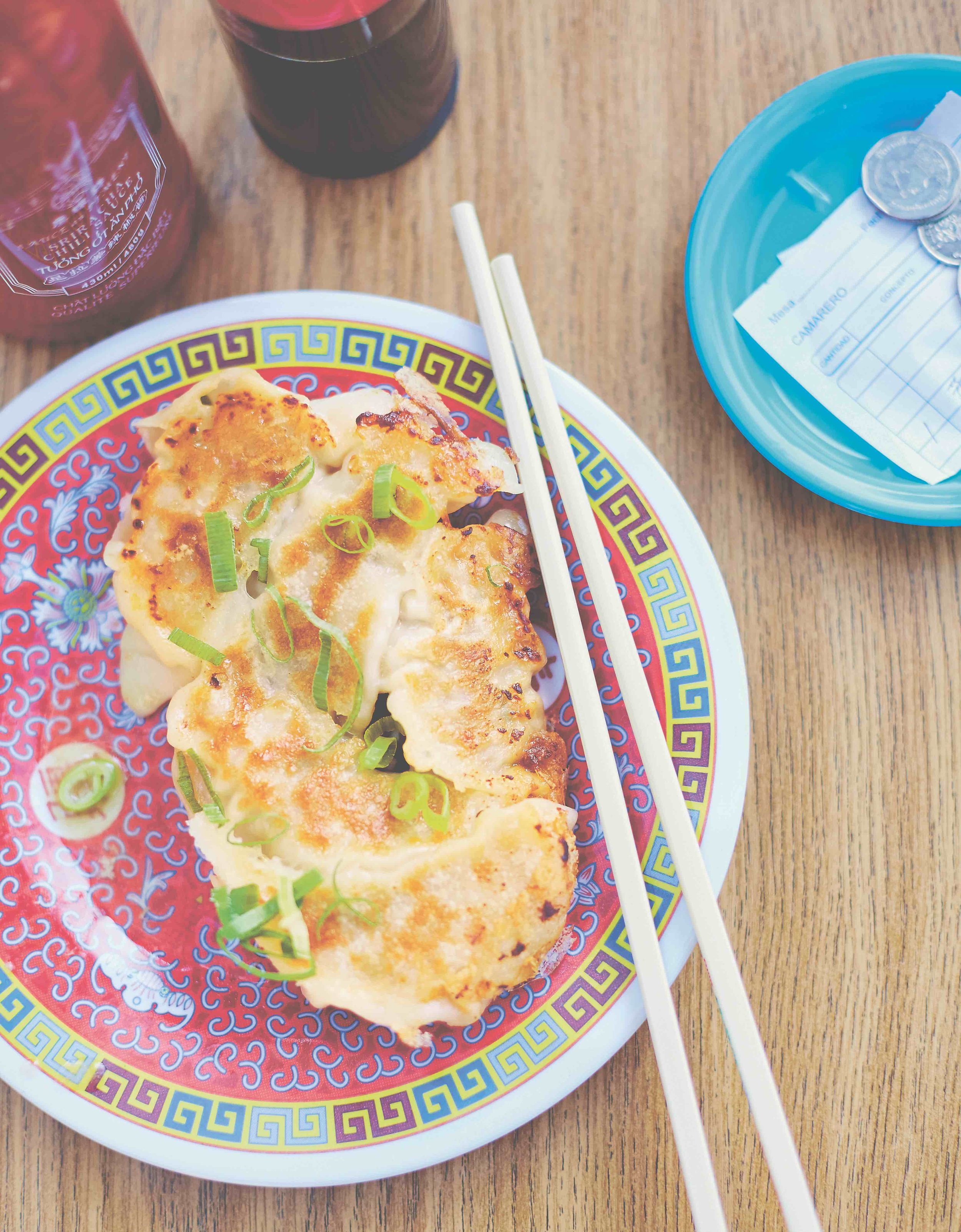Bao Family
Murdoch Books Australia 2023, RRP $60
By Céline Chung
We don’t know about you, but we see SO many cookbooks we can get a bit jaded. For a new one to really grab us it needs to be pretty darn amazing. Enter Bao Family. The author is Céline Chung, born in Paris to Chinese parents who, while on a student exchange in Shanghai, travelled throughout China and totally fell for its varied regional cuisines. Heck, who wouldn’t? She incorporated these influences, plus favourite dishes from her Mum’s slightly sweet, mild Zhejiang repertoire, into the menus of the four restaurants she later opened in Paris. Fascinating stuff. The Bao Family book gives a strong sense of Chung's winning restaurant formula, with its bold, chiselled typography, quirky illustrations and gorgeously styled food shots. Everything about it is stylish, striking and singular, alliteration completely intended. It’s a book with deeply happy vibes, filled with poppy colours, recipes designed for sharing, plenty of grunty cooking detail, and really lovely incidental photography. And it strikes a perfect balance of info, recipes, pics and pretty bits too.
There’s quite an emphasis on bao and other types of dumplings/buns, as the name suggests. And while you might dismiss making these at home, you really shouldn’t – they’re not necessarily hard. You just need to get your head around a few basic techniques and with a little practise, you’re good to go. That’s where Bao Family really shines, providing a few step-by-step photo sequences for some of these (wonton folding, making jiaozi, wrapping siu mai, for example). These make it super-clear what you’re aiming for and in the absence of your own in-house Chinese grandma, they’re such a godsend. Our only quibble? The measuring of EVERYTHING, including garlic, ginger and small amounts of sugar, in grams. We get why. It’s easier to convert to imperial this way and implementing this approach across everything in an ingredient list makes the list look tidy. But c’mon guys – can 15g of garlic not just be ‘3 garlic cloves’ (or however many 15g is)? Luckily these aren’t the kinds of recipes that will fall over if there’s a few extra (or fewer) grams here or there so you can just take a punt, scales be damned. Not that we don’t believe in digital scales for cooking; we do. Just not for things like garlic.
Other than the chapter on Bao and Dim Sum, the book is divided into sections around Breakfasts, Starters, Soups & Noodles, Mains, Rice & Noodles and Desserts, with pages on pantry ingredients, fresh staples and basic utensils kicking the book off. Plenty of recipes are classics and things you’ll have seen before. Wonton soup. Steamed fish. Wok-fried clams. Kung pao chicken. Mapo tofu. These aren’t new. But there’s still plenty to discover, with recipes for intriguing dishes like fried milk, mantou with jam, pumpkin fries with salted egg, and pork rind salad, for example.
Mostly, ingredients are not hard to get. Salted eggs, century eggs, Sichuan chilli paste, sweet fermented bean sauce, pickled mustard greens and a few other condiments might not be so familiar to you but can easily be found at a Chinese grocer. So if you’re looking for a solid book filled with Chinese classics (plus a few interesting regional outliers), and where stuffing, wrapping, folding and otherwise perfecting home-made dumplings etc is explained well, you won’t do much better than this fun, joyful and beautiful book. Bang it on your wish list!




